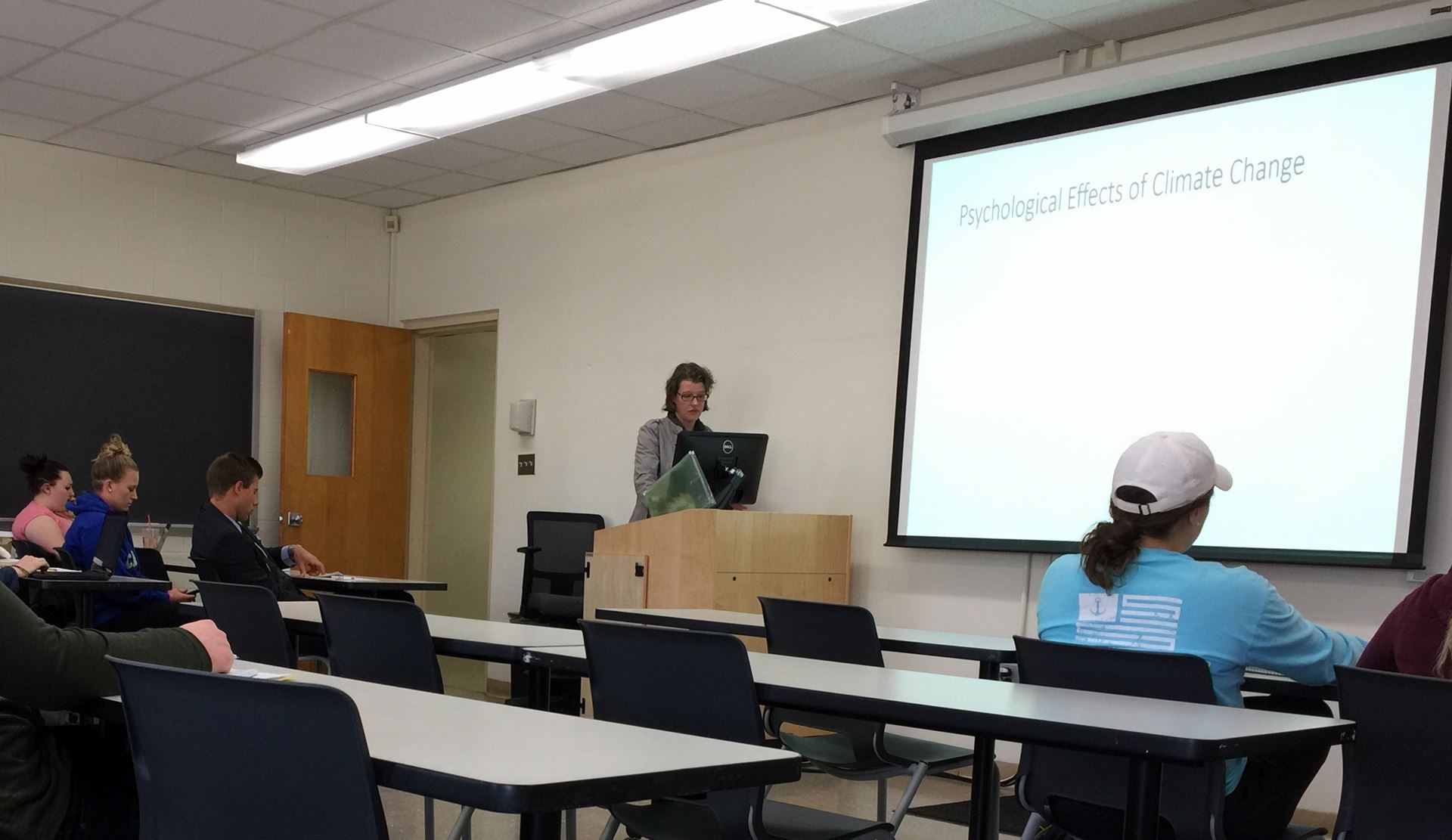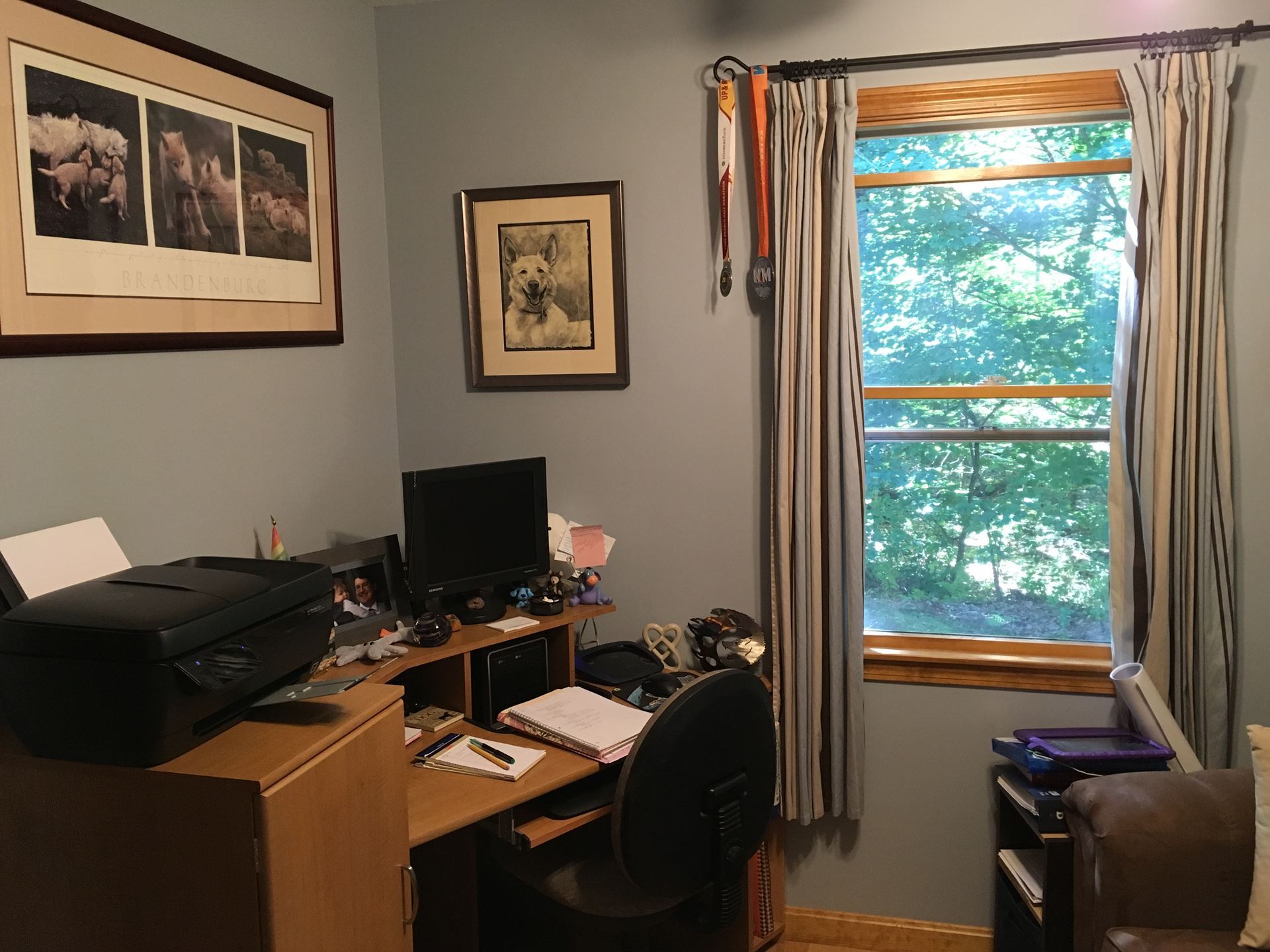 School name: American International College
School name: American International College
Type of school: Small Liberal Arts School; but we do have Master’s programs in business, education, and the health sciences; also Doctoral programs in education (Ed.D.) and health sciences (DPT, DOT).
School locale: Urban – small city (150,000 in city; 700,000 in entire metropolitan area)
Classes you teach: Human Sexuality; Topics in Psychology – Group Processes; Experimental Psychology; Statistics; Social Psychology; Social Influence; Introductory Psychology.
Average class size: This ranges depending on the course. Due to the workload, Experimental Psychology is limited to 15 students. Statistics courses usually have around 30 students. Human Sexuality, Social Psychology, and Introductory Psychology usually have around 35 students. Social Influence and the Topics in Psychology course vary from semester to semester; I’ve had as many as 28 and as few as five.
What’s the best advice about teaching you’ve ever received?
Be firm, but be flexible. I can’t say I was ever given this advice directly, but it’s what I saw in many of the excellent professors I had as a student. It’s like being an authoritative parent. I see so many of my colleagues struggle with their classes because they are either too rigid, or too permissive with their students.
What book or article has shaped your work as a psychology teacher?
I have horrible source memory. I’m forever saying “I read somewhere…” I explain to my Experimental Psych students that this is why I am obsessive about documenting sources when taking notes for research.
 But I do remember, early in my career, reading Zimbardo’s chapter in Teaching Introductory Psychology: Survival Tips From the Experts. In particular, I recall him telling about teaching his course for the type of student he was, and it failing miserably. This helped me broaden my ideas and ways of reaching students. How I was as a college student (and how it was for many of us who have become professors) is very different from most students. It has also helped me seek out and reinforce the individual strengths, talents, and experiences of my students.
But I do remember, early in my career, reading Zimbardo’s chapter in Teaching Introductory Psychology: Survival Tips From the Experts. In particular, I recall him telling about teaching his course for the type of student he was, and it failing miserably. This helped me broaden my ideas and ways of reaching students. How I was as a college student (and how it was for many of us who have become professors) is very different from most students. It has also helped me seek out and reinforce the individual strengths, talents, and experiences of my students.
Briefly tell us about your favorite lecture topic or course to teach.
It’s a tough call to choose between my Human Sexuality course and my Statistics course. No surprise, I’ve been teaching both of these the longest. I really enjoy Statistics because I can see so many of my students succeed in an area they thought would be difficult. Nearly every semester, I see a student develop a sense of accomplishment and pride when they see their hard work and effort pay off – not only with grades, but with an understanding of the material.
Human Sexuality is my opportunity to be a bit rebellious. I start every semester telling my students that I went into teaching human sexuality (I started as an undergraduate peer educator) to horrify my parents. I still enjoy the fact that some of the topics I cover ruffle the feathers of my more conservative colleagues. I am also extremely glad that I have the academic freedom to teach my course.
Briefly describe a favorite assignment or in-class activity.
My favorite assignment is the Experimental Psychology Posters. Each student develops an idea, creates study materials, collects and analyzes the data, writes up a paper, and creates a poster which is presented at a campus-wide poster session at the end of the semester. This is by no means an easy project for them. It is also a challenge for me to keep up to 15 projects mostly on course. However, when the students present for the campus community, they shine. All the students step up and surprise themselves. It’s always amazing to see the confidence they build as they present their work.
What teaching and learning techniques work best for you?
What works best for me is to use a variety of methods and to be flexible to the students’ needs and the culture of a particular class. Over the years, I have shifted to using more in-class assignments and activities that allow for on-the-spot feedback. In Statistics, I use a lot of in-class assignments where students work on problems while they have me there as a resource in the room. This helps because there are often students who won’t seek me out for assistance outside of class. In Social Influence and Human Sexuality, I use in-class assignments where students work in groups to connect the course material to information they find on the internet.
 What’s your workspace like?
What’s your workspace like?
I split getting work done between my campus office and my home office. Occasionally, I can be found holed up at Barnes & Noble doing some work. My home office is smaller, warmer, and cozier than my campus office. My home office also has windows! I would describe both offices as organized chaos. Although, I probably see more of the chaos and observers see more of the organization.
Three words that best describe your teaching style.
Organized, eclectic, committed
What is your teaching philosophy in 8 words or fewer?
Help students think about the world around them.
Tell us about a teaching disaster (or embarrassment) you’ve had and how you dealt with the situation.
My most memorable embarrassment happened while still in graduate school during my first semester teaching Human Sexuality. I was so proud to be “cutting edge” and using PowerPoint for my lectures (this was 2001). Things were going great until I got to the chapter on sexually transmitted diseases. Taking advantage of the technology, I included images of the symptoms of the diseases on my slides. What didn’t seem so bad in the textbook or on my computer screen, were HORRIFIC when projected onto a 12-foot screen in a lecture hall of 150 students. During that particular class, I skipped through the images to a plain text slide. Ever since, I don’t include images of STD symptoms with my slides. I do tell my students this story each semester when we get to this chapter.
 What is something your students would be surprised to learn about you?
What is something your students would be surprised to learn about you?
I think my students would be surprised to learn how proud I am of them. Related to that, I think they’d be surprised to learn how fiercely I think of them as “My Students”. I might grump about them to colleagues, but I will defend them against outsiders who want to criticize who my students are and where they come from. Additionally, I think my students are surprised when they learn that I have run two half marathons and am training for my third.
What are you currently reading for pleasure?
I am currently reading a wide variety of children’s books with my 2.5 year-old son. My current favorite is Wookiee the Chew: The House at Chew Corner written and illustrated by James Hance. Inspired by the work of A.A. Milne and George Lucas, it is a reworking of Winnie the Pooh but using Wookiee the Chew, Droidlet, Owlbi Wan, and Chrisolo Robin.
What tech tool could you not live without?
My phone’s timer, particularly with the iOS “Hey Siri” function. Over the summer, I have mostly been using it to set timers for my son to indicate a transition to another activity and how long I’ll stay in his room with him after he gets in bed. It is so much simpler to say: “Hey Siri, set timer for 5 minutes” than to unlock the phone, open the clock, and set a new timer. I use it so much that my son tells me to say “Hey Siri” when I mention setting a timer. I also use timers to stay focused when doing work. If I feel that I’m in a highly distractible mood, I’ll set a timer for 15 minutes. I’ll focus and work for that time. When the timer goes off, I reevaluate my focus and either reset the timer to work another 15 minutes or go do something else.
What is your hallway chatter like? What do you talk to colleagues about most (whether or not it is related to teaching/school)?
There’s the occasional Pinky & the Brain reference about plotting to take over the world. We’ll often chat about what didn’t work in a particular class, and brainstorm ideas of things to do differently.
